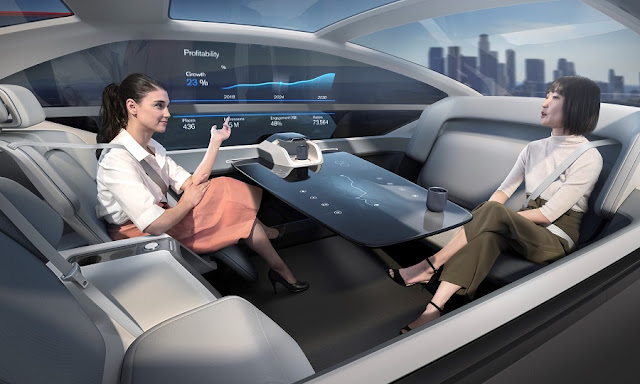The Art Of Metal Anodizing: Techniques And Applications
 |
Metal Anodizing |
Metal Anodizing is a
fascinating and intricate process that combines science, artistry, and
functionality to transform ordinary metal surfaces into vibrant and durable
works of art. It is a technique that has been used for decades across various
industries, including automotive, aerospace, architecture, and jewelry. In this
article, we will delve into the art of metal anodizing, exploring its
techniques, applications, and the beauty it brings to the world.
At its core Metal Anodizing is an electrochemical process that involves creating an oxide layer on the surface of a metal, typically aluminum. This oxide layer not only enhances the metal's corrosion resistance but also serves as a canvas for artistic expression. Through careful control of the anodizing parameters such as voltage, current, and electrolyte composition, a wide range of colors and finishes can be achieved, allowing for endless possibilities in design.
One of the key techniques in Metal Anodizing is known as "Type II anodizing." This process involves immersing the metal in a sulfuric acid electrolyte bath and applying a direct current. The result is an anodized layer that can range in thickness from a few microns to several hundred microns. This layer can be further modified through processes like dyeing, sealing, and etching, adding depth, texture, and visual interest to the metal surface.
Applications of Metal Anodizing are vast and varied. In the automotive industry, anodized aluminum is commonly used for trim pieces, wheels, and engine components, providing not only an attractive appearance but also protection against environmental factors. In architecture, anodized metal is a popular choice for building facades, window frames, and decorative elements due to its durability, color stability, and low maintenance requirements.
Metal Anodizing also finds its place in the world of jewelry and accessories. From bracelets and earrings to pendants and cufflinks, anodized metals offer a wide range of vibrant and unique colors that can complement any style. The ability to create custom designs and patterns on the metal surface adds a personal touch and exclusivity to each piece.
Moreover, the art of metal anodizing extends beyond its functional and decorative applications. It serves as a medium for artistic expression and experimentation. Artists and craftsmen push the boundaries of traditional anodizing techniques, exploring new ways to incorporate colors, textures, and patterns into their work. Anodizing is most commonly used for improved corrosion resistance on certain types of Aluminum Alloys. The interplay between light, reflection, and the metal's surface creates mesmerizing visual effects that captivate the viewer.
The art of Metal
Anodizing is a captivating blend of science, creativity, and technical
skill. From its humble beginnings as a surface treatment for industrial
applications, it has evolved into a versatile and expressive art form. The
techniques and applications of metal anodizing continue to evolve, inspiring
innovation and pushing the boundaries of what is possible. Whether it's a sleek
automotive part, an architectural masterpiece, or a stunning piece of jewelry,
metal anodizing adds beauty, durability, and individuality to the world around
us.



Comments
Post a Comment